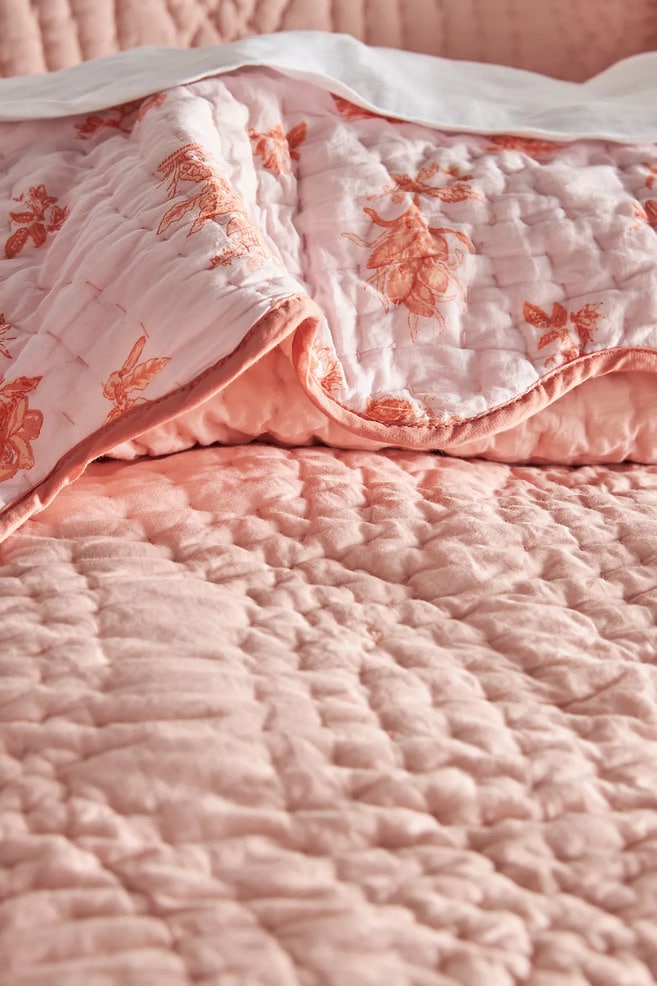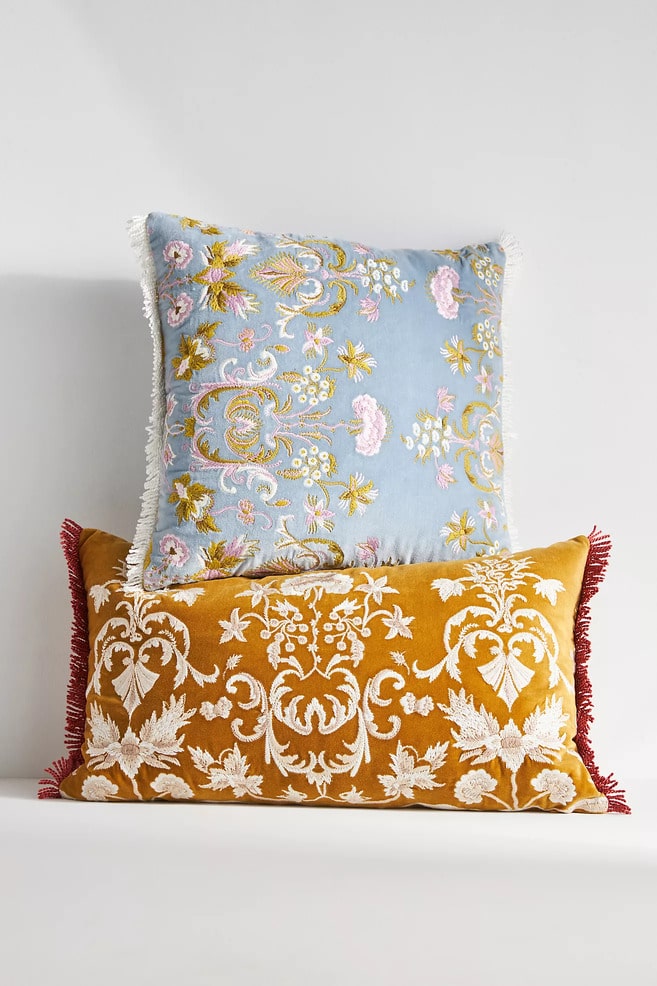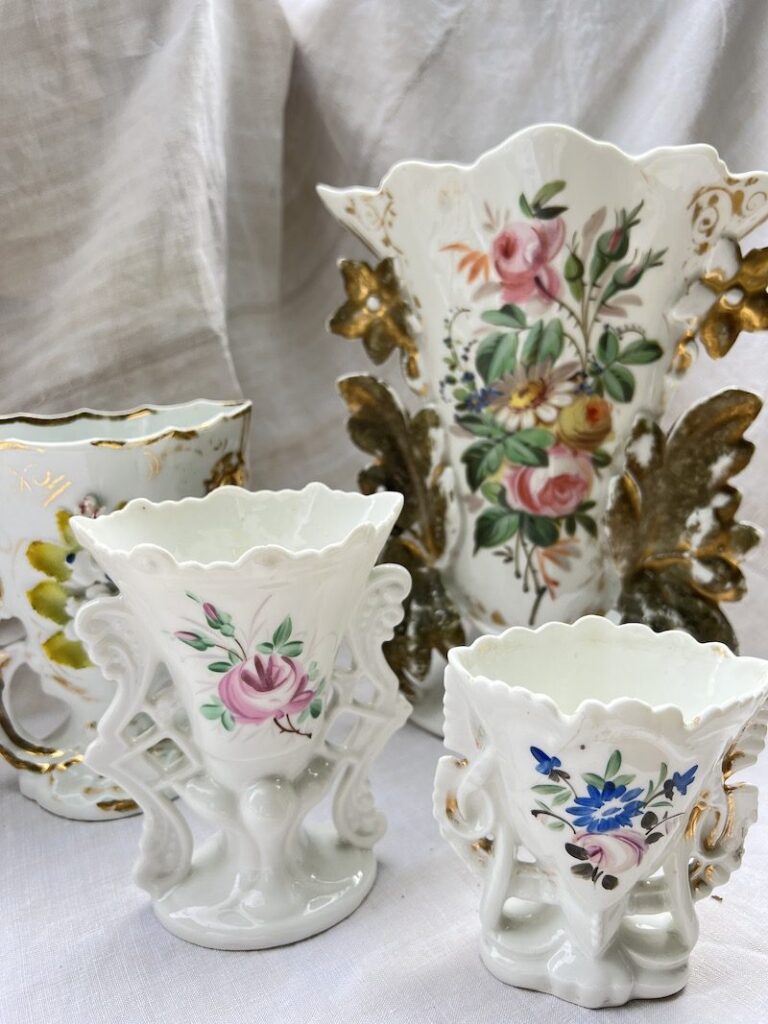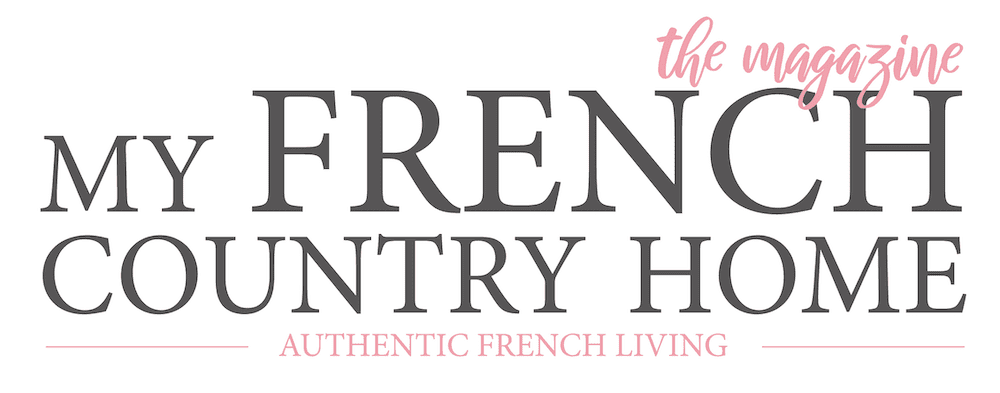Château de Chenonceau in the Loire Valley photographed by Dominique Couineau
France is renowned for its breathtaking châteaux, which serve as both architectural masterpieces and rich sources of interior design inspiration. The allure of châteaux style persists thanks to its combination of historical grandeur with comfort and sophistication, creating spaces that feel both regal and inviting.
Moreover, this style can be adapted in various ways to suit different types of homes, as each region of France showcases châteaux with unique characteristics. From the opulent Renaissance palaces of the Loire Valley to the rustic charm of Provençal fortresses with their exposed beams and stone floors, there is a château style to inspire every homeowner.
SUBSCRIBE TO THE MAGAZINE
So come with as as we explore the different features of France’s regional castles and bring you tips for bringing a touch of your favorite château style home.
Use the code MFCHMAG10 for 10% of your purchase on the MFCH boutique!
1. Renaissance Splendor in the Loire
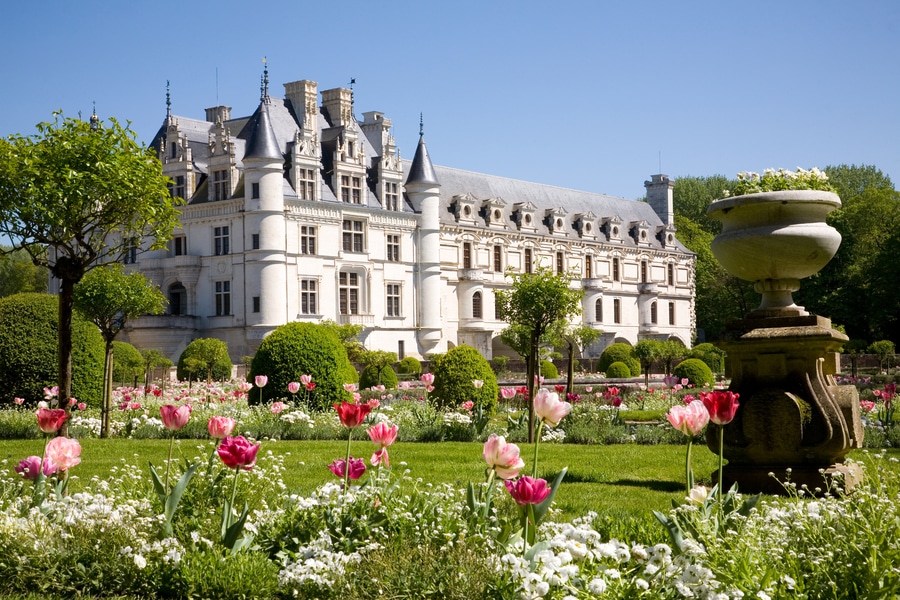
Scattered throughout the Loire Valley you’ll find an impressive collection of Renaissance châteaux. During this era, as France witnessed a renewed passion for art and architecture, the French nobility and royalty endeavored to exhibit their opulence and influence by constructing ever grander residences. With its close proximity to Paris and abundance of beauty, the Loire Valley became the preferred location for these lavish estates, characterized by their symmetry, ornate facades, and extensive use of classical elements.
Exemplified by landmarks like the Château de Chambord, Château de Chenonceau, and Château d’Amboise, this style exudes luxury and refinement inside and out. Expect high ceilings, intricate frescoes, checkerboard tiles and walls adorned with tapestries and antique paintings. Richly upholstered chairs, large wooden tables, and intricately carved cabinets dominate the furnishings, and the color palette includes deep blues, reds and gold .
To try these style elements at home, create balance in your rooms with symmetrical furniture arrangements. Ornate details also help to bring the Renaissance château style to life, so incorporate classical elements like decorative moldings and carved furniture upholstered in rich fabrics such as velvet and silk brocade. For the walls, antique artworks and floral tapestries add the historical flourish typical of this style.
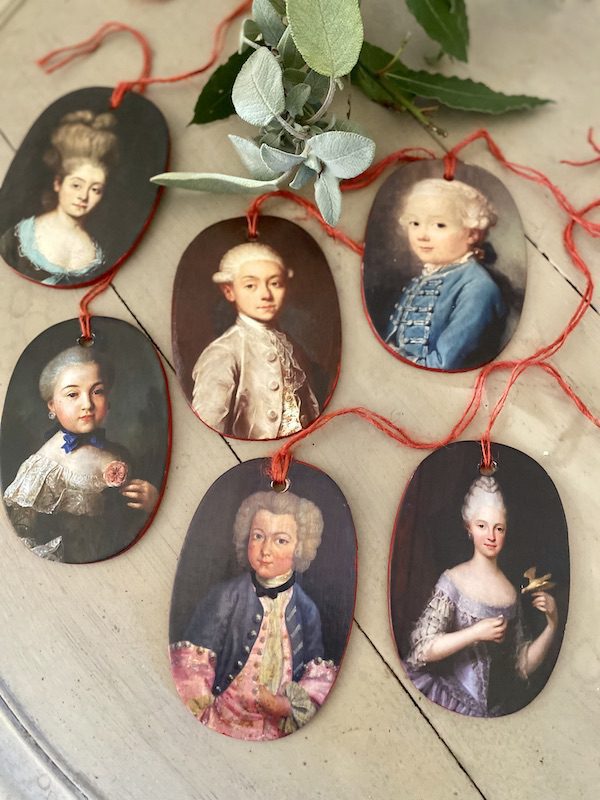
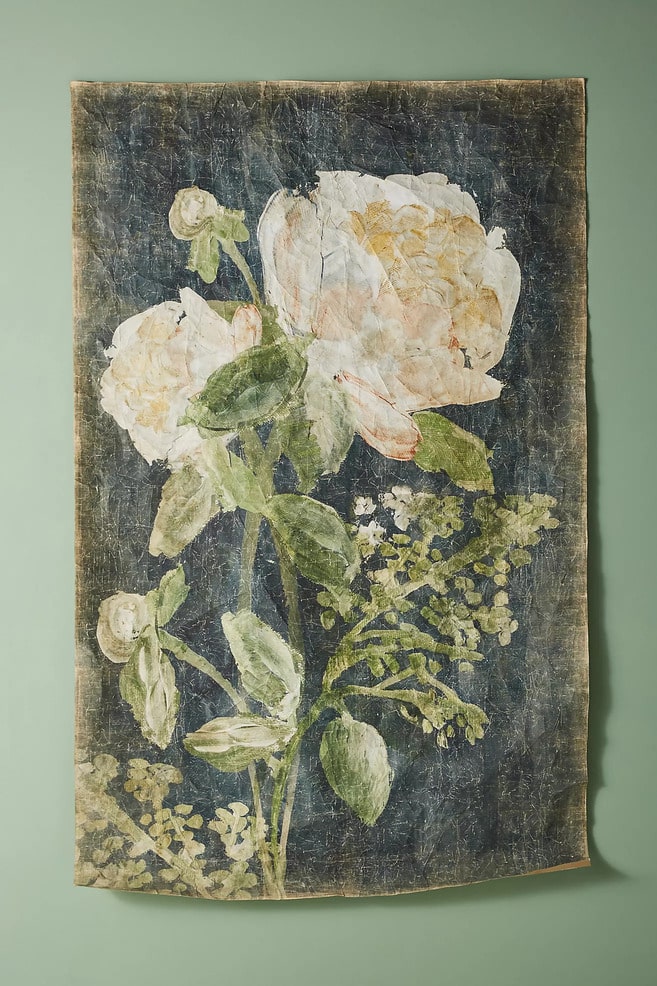
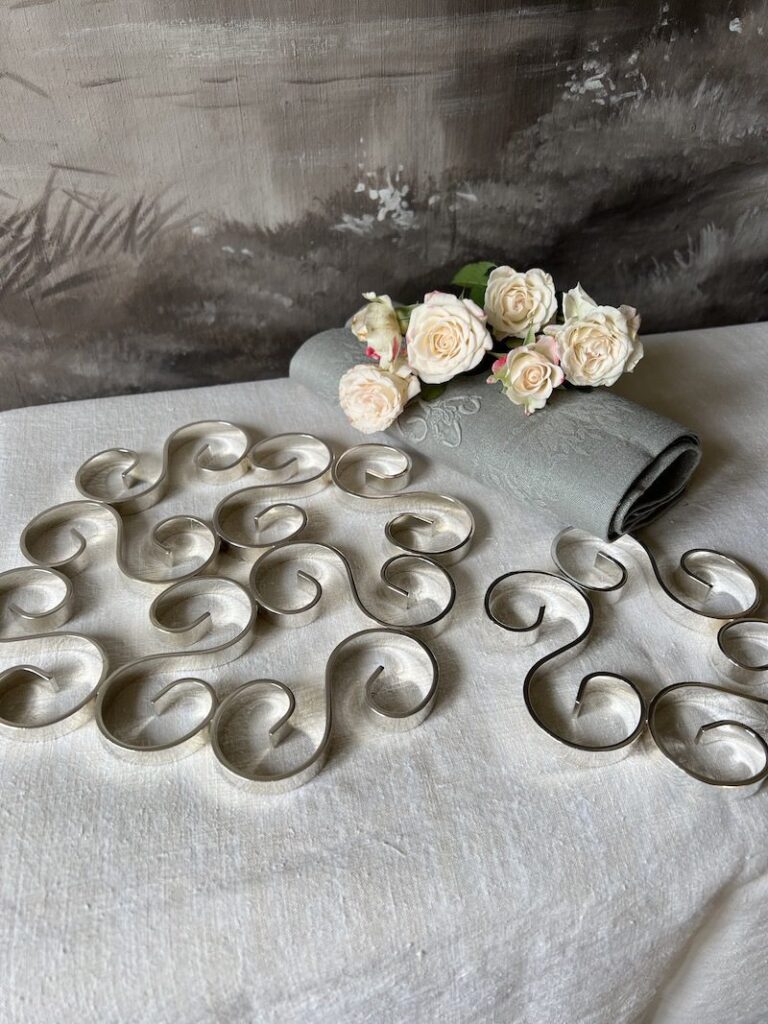
2. The Dordogne’s Solemn Style
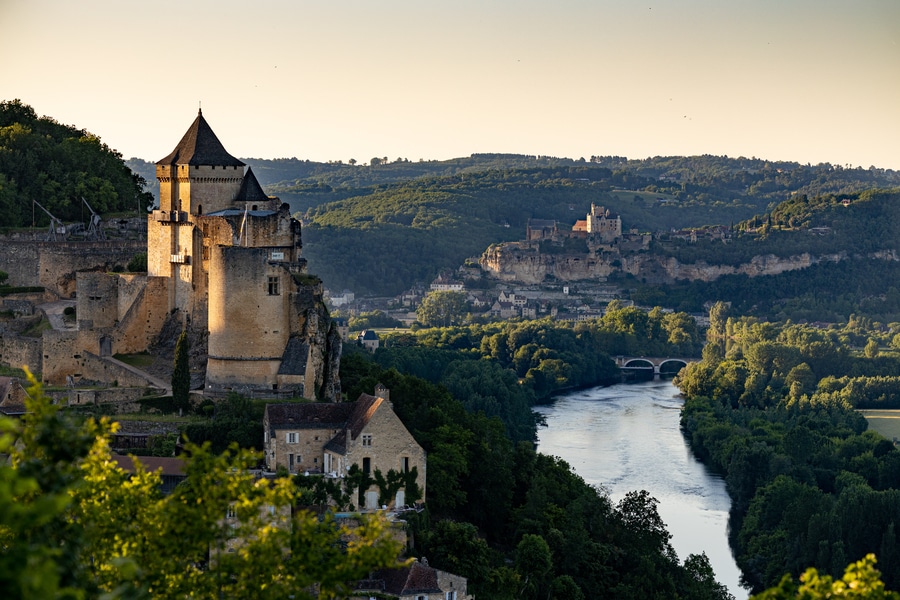
Châteaux in the Dordogne region often date back to the medieval period. They therefore frequently feature defensive elements such as imposing stone walls, impressive moats, drawbridges and arrow slits. While it may seem challenging to see the relevance of medieval style today, its monastic influences often appear in minimalist or slow living designs today, which share an emphasis on using noble materials.
The medieval châteaux style focuses on durability, with large stone-slab fireplaces, heavy wooden doors, and wrought-iron chandeliers. Furnishings are sturdy and minimal, including long wooden tables, benches and chests in aged oak or darker wood varieties like walnut. The color palette is muted, with shades of beige, gray and brown, and deep red or green accents.
For a similar feeling of stately simplicity, opt for furniture and features in solid materials like stone and wood. Next, pair simple organic cotton and linen bedding and furniture slips with heavy drapery, canopies and cushions in rich fabrics such as embroidered velvets or tapestries with medieval details. Wrought-iron fixtures, such as door handles and wall sconces add a touch of artisanal beauty.
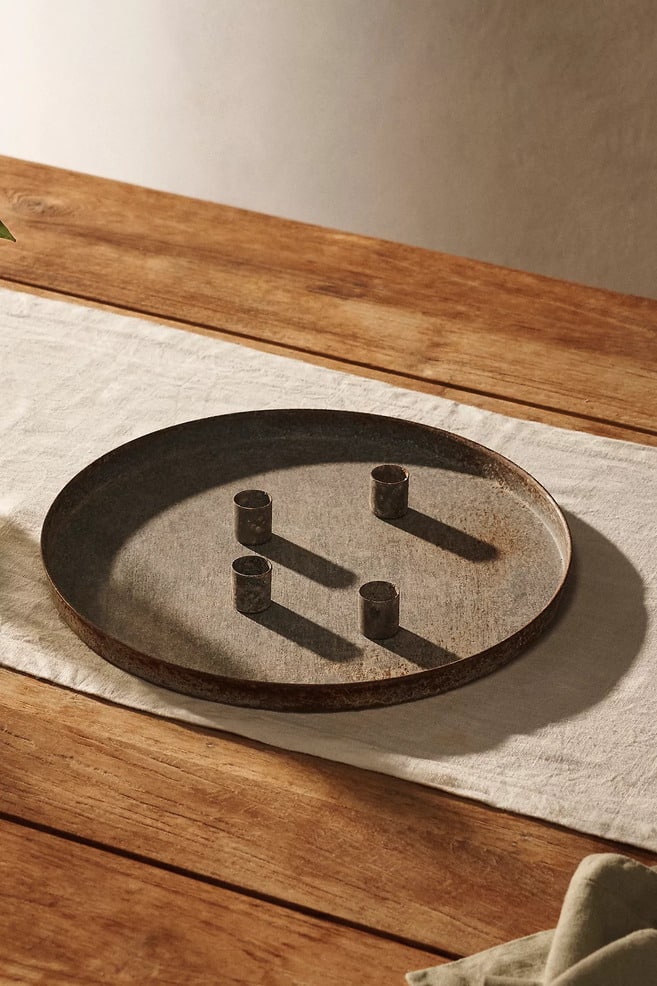

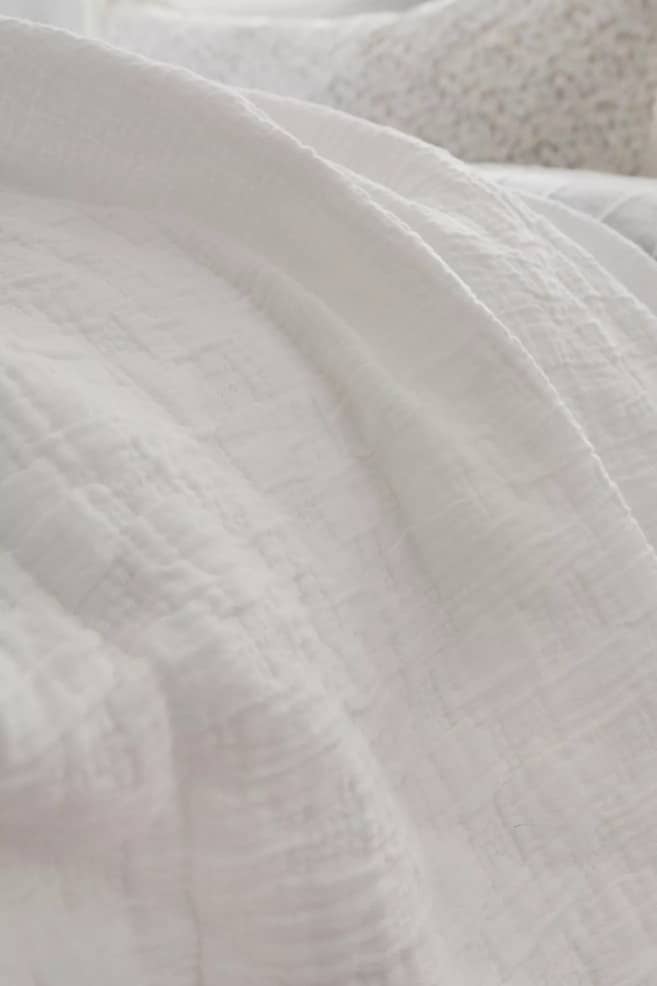
3. The More Rustic Châteaux Style of Provence
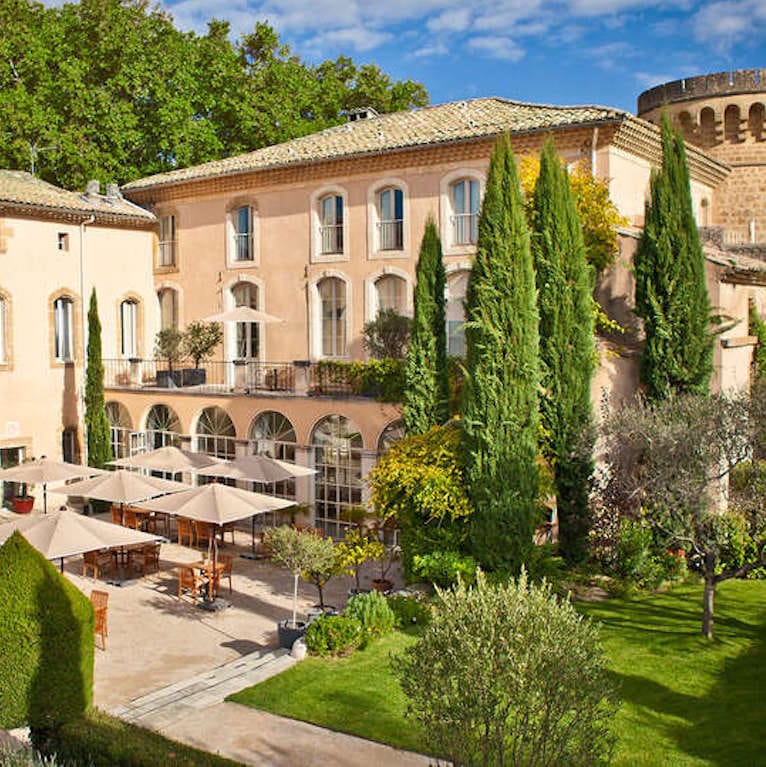
Provençal châteaux, often resembling grand manor houses, contrast with the more ornate and imposing styles of other French regions. Built between the 12th and 18th centuries, they feature locally sourced warm stone facades, terracotta roof tiles, and intricate wrought-iron details. Large, arched windows and doors open onto views of lavender fields and vineyards, blending natural and man-made beauty.
Unlike the opulent Renaissance châteaux of the Loire Valley or the fortified castles of Normandy and Dordogne, Provençal châteaux emphasize harmony with the natural landscape and practical design for the Mediterranean climate. The interiors are inviting and airy, reflecting the region’s relaxed lifestyle. Unlike the more casual and cozy feel of country homes, Provençal châteaux incorporate more refined elements, while still nursing a rural sentiment. Cool stone or tiled floors, high ceilings with exposed wooden beams, and plastered walls hung with large artworks — often depicting landscapes — create a practical yet elegant ambiance.
To recreate this châteaux style at home, first search for lightly distressed antique furniture in mixed wood tones. For materials, your color palette should be kept to soft, earthy tones like ochre, sage green, lavender and faded blue. Next, opt for wide wooden floorboards or terracotta tiles, complemented by richly textured rugs. Lastly, incorporate decorative items like large ceramic vases, antique clocks, and metal candlesticks to celebrate Provence’s artistic heritage.
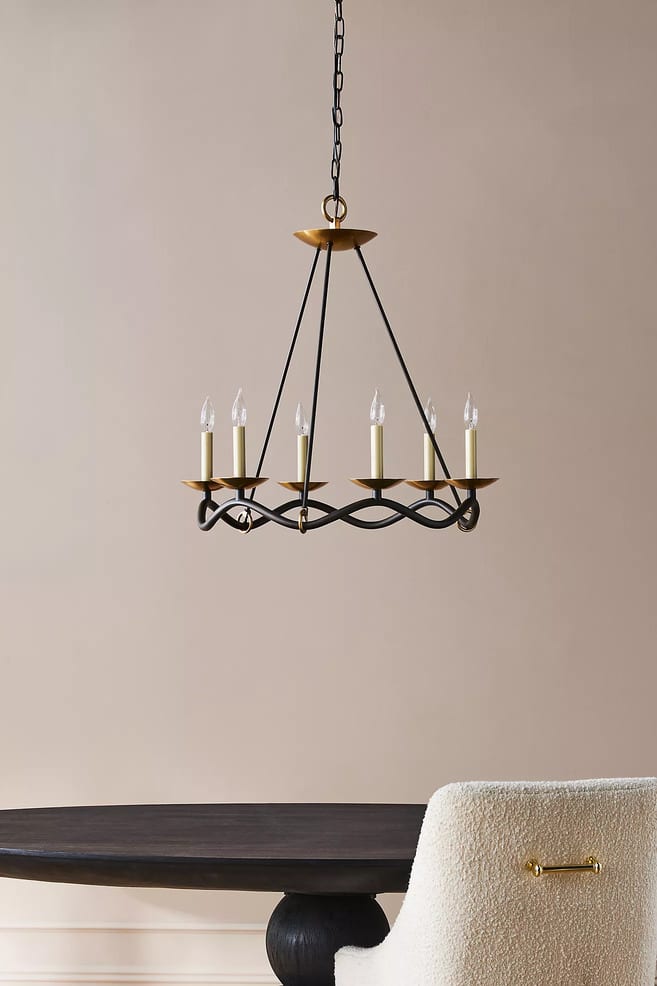
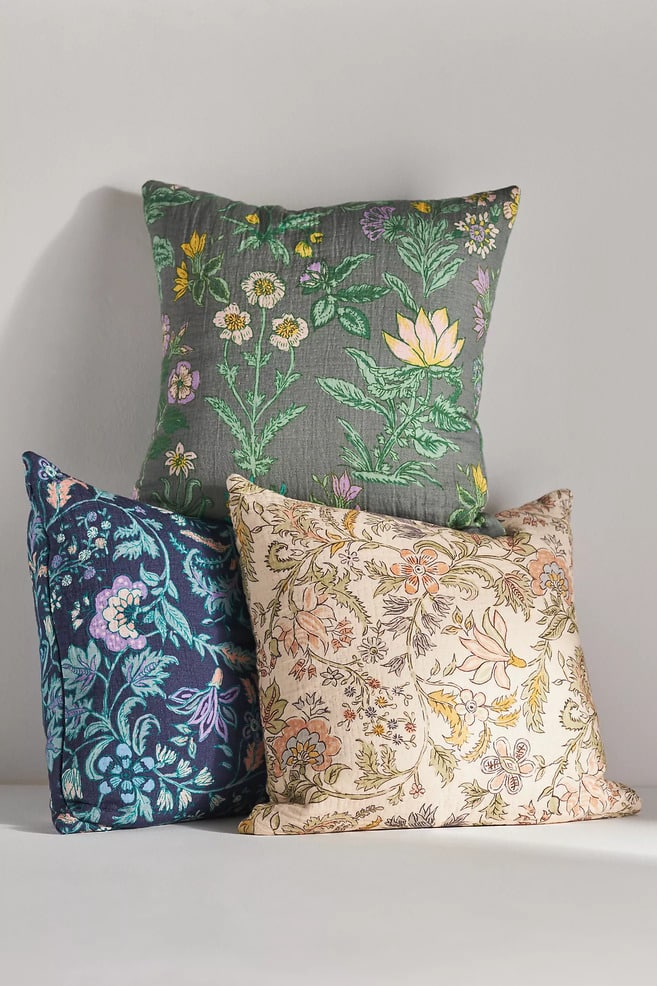
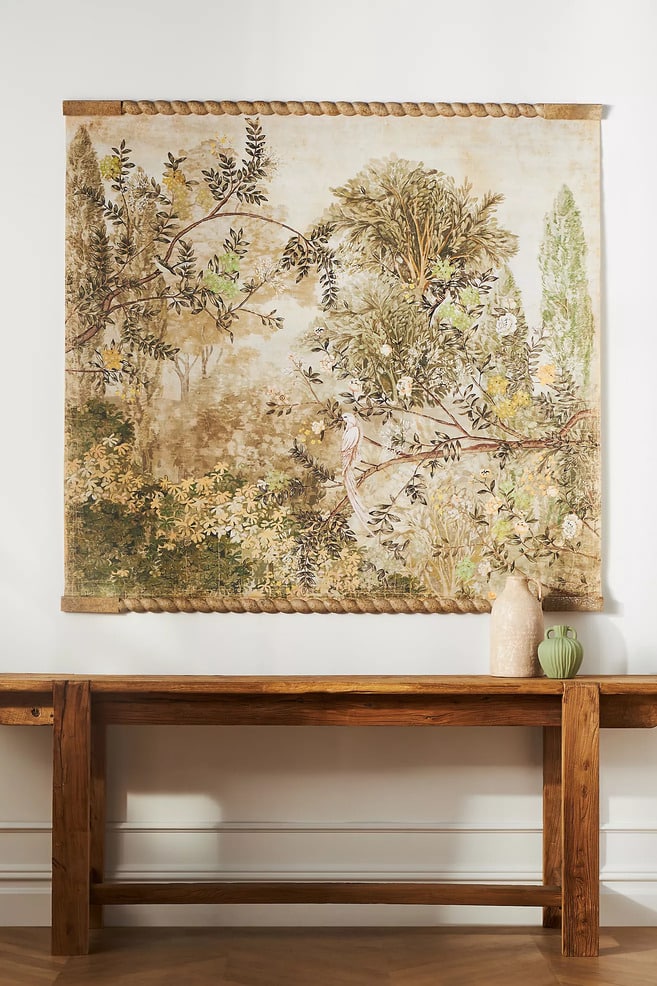
4. The Elegant Châteaux Style of Alsace

Alsace châteaux, influenced by French and German traditions, often resemble fairytale castles with steeply pitched roofs, half-timbered facades, and ornate stonework. Adding to this sense of whimsy, are their often colorful rooftops and decorative window shutters.
Inside these hilltop castles you’ll typically see a blend Gothic and Baroque elements. High ceilings adorned with exposed wooden beams create a sense of grandeur, while intricate wood carvings embellish doorways and mantels, showcasing the era’s craftsmanship. Grand staircases, often constructed from polished wood and adorned with ornate balustrades, serve as majestic focal points and furnishings seamlessly blend luxurious curves and lavish detailing with sturdy functionality. Color palettes are rich and varied, with tones of deep burgundy and rose to royal blue and gold, evoking the richness of the Renaissance period.
The popularity of the Alsatian château style today, lies in its enchanting blend of historical elegance and fairytale romance, offering homeowners the opportunity to recreate the timeless allure of a magical and storied past within their own living spaces. When choosing materials, opt for a combination of timber and stone. Look for furniture pieces with carvings and decorate with opulent furnishings in warm, rich colors. Finish you space with romantic details like a canopy beds, stained glass, intricate chandeliers and vases.
